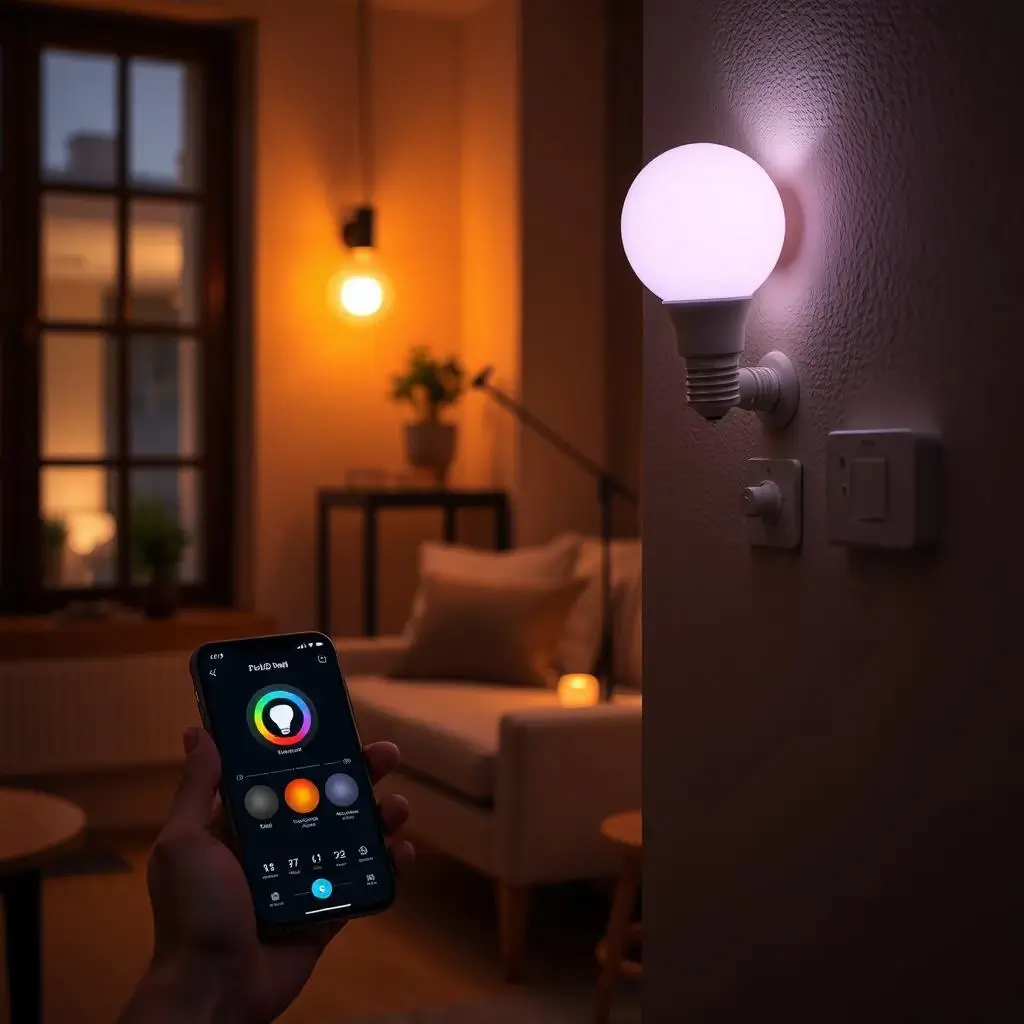1. Introduction
- With growing concerns over climate change and energy consumption, students can play a vital role in reducing their carbon footprint. By adopting eco-friendly energy-saving habits, students can contribute to sustainability while saving on electricity and utility costs. This article explores practical and effective ways for students to minimize their energy usage without compromising their daily activities.
2. Understanding Energy Consumption in Student Life
High Device Usage: Students frequently use laptops, smartphones, and gaming consoles, leading to increased energy consumption.
Shared Living Spaces: Dormitories and shared apartments often lead to excessive electricity use.
Unnecessary Energy Waste: Leaving lights, fans, and electronics on when not in use contributes to wasted energy.
Dependency on Non-Renewable Sources: Most university campuses still rely on fossil fuels for energy.
Lack of Awareness: Many students are unaware of simple yet effective energy-saving practices.
3. Energy-Efficient Habits for Daily Student Life
Turn Off Unused Devices: Switch off electronics when not in use.
Unplug Chargers: Even when not connected to a device, chargers consume standby power.
Use Natural Light: Study during the day to minimize the need for artificial lighting.
Enable Power-Saving Mode: Laptops and smartphones have built-in power-saving features.
Limit Screen Time: Reducing unnecessary device usage helps conserve energy.
4. Choosing Energy-Efficient Gadgets
Laptops Over Desktops: Laptops consume significantly less energy.
LED Bulbs: Replace incandescent bulbs with LED lights for better efficiency.
Smart Power Strips: These cut off power supply to idle devices.
Energy Star Rated Appliances: Use energy-efficient microwaves, refrigerators, and fans.
Solar-Powered Chargers: Utilize renewable energy for mobile devices.
5. Smart Lighting and Electricity Usage
Use Motion Sensor Lights: Automatically turn off when no movement is detected.
Schedule Lighting Use: Set reminders to turn off lights when leaving the room.
Choose Warm LED Lights: They consume less energy and last longer.
Adjust Brightness Settings: Reduce screen brightness on devices.
Use Rechargeable Batteries: They are more sustainable than disposable ones.
6. Sustainable Cooling and Heating Methods
Optimize Fan Use: Ceiling fans consume less energy than air conditioners.
Close Windows Properly: Prevent air leaks that increase heating or cooling needs.
Dress According to Weather: Wear appropriate clothing instead of overusing HVAC systems.
Use a Smart Thermostat: Automates heating and cooling for efficiency.
Ventilate Naturally: Open windows for fresh air instead of using air conditioning.
7. Reducing Water and Energy Waste
Take Shorter Showers: Reduces hot water consumption.
Turn Off Faucets While Brushing: Saves liters of water daily.
Wash Clothes in Cold Water: Uses less energy compared to hot water.
Fix Leaks Promptly: Prevents unnecessary water and energy waste.
Use Eco-Friendly Laundry Detergents: Minimizes environmental impact.
8. Smart Cooking and Dining Choices
Use a Microwave Instead of an Oven: Consumes less energy.
Cook in Batches: Saves electricity by reducing appliance use.
Eat More Fresh Foods: Reduces the need for refrigeration and cooking.
Use Induction Cooktops: More energy-efficient than gas stoves.
Choose Reusable Containers: Avoid single-use plastics that require more energy to produce.
9. Sustainable Transportation for Students
Use Public Transport: Reduces individual carbon footprints.
Bike or Walk: Saves energy while promoting health.
Carpool with Friends: Minimizes fuel consumption.
Use Electric Scooters: A low-energy alternative for short distances.
Limit Ride-Sharing Services: Opt for greener alternatives when possible.
10. Digital Tools for Energy Saving
| Tool | Function | Energy Saving Benefit |
| Smart Plugs | Auto shut-off for unused devices | Reduces standby power usage |
| Energy Monitoring Apps | Tracks power consumption in real-time | Identifies high-energy devices |
| Smart Power Strips | Prevents energy waste from idle electronics | Saves up to 10% electricity |
| Eco-Friendly Browsers | Reduces power usage from excessive internet tabs | Minimizes unnecessary computing |
| Renewable Energy Apps | Helps find green energy solutions | Promotes clean energy sources |
11. Leveraging Renewable Energy Options
Support Green Campus Initiatives: Advocate for solar panels on campus.
Invest in Portable Solar Panels: Ideal for charging gadgets.
Use Renewable Energy Plans: Some dorms offer green energy options.
Encourage University Policies: Push for sustainable energy solutions.
Engage in Energy-Saving Competitions: Many universities host eco-challenges.
12. Budget-Friendly Energy-Saving Tips
DIY Insulation: Use thick curtains to reduce heat loss.
Rent Energy-Efficient Appliances: Saves money and energy.
Buy Second-Hand Electronics: Reduces environmental impact.
Use Free University Resources: Libraries offer lighting and charging stations.
Participate in Sustainability Workshops: Learn new energy-saving habits.
13. Comparison of Energy Consumption in Student Lifestyle
| Activity | High Energy Use Option | Low Energy Alternative |
| Studying | Using desktop computers | Using laptops or tablets |
| Cooking | Using traditional ovens | Using microwaves/air fryers |
| Laundry | Hot water wash cycle | Cold water wash cycle |
| Transportation | Driving a car alone | Biking or public transport |
| Entertainment | High brightness screen | Lower brightness, dark mode |
14. Conclusion
By adopting simple energy-saving habits, students can contribute significantly to a greener planet. Using energy-efficient devices, reducing unnecessary power consumption, and utilizing renewable energy sources not only benefits the environment but also helps cut down utility costs. Every small action adds up, and making eco-friendly choices today ensures a more sustainable future.
Disclaimers
The effectiveness of energy-saving methods may vary depending on location and individual habits.
Some eco-friendly gadgets may require an initial investment before seeing financial savings.
Renewable energy adoption depends on campus policies and available resources.
Savings calculations are estimated and may differ for each user.
Public transportation efficiency depends on regional infrastructure.
Author: Dipika Kumari
Publication Date: 27-03-2025
Email: [email protected]
